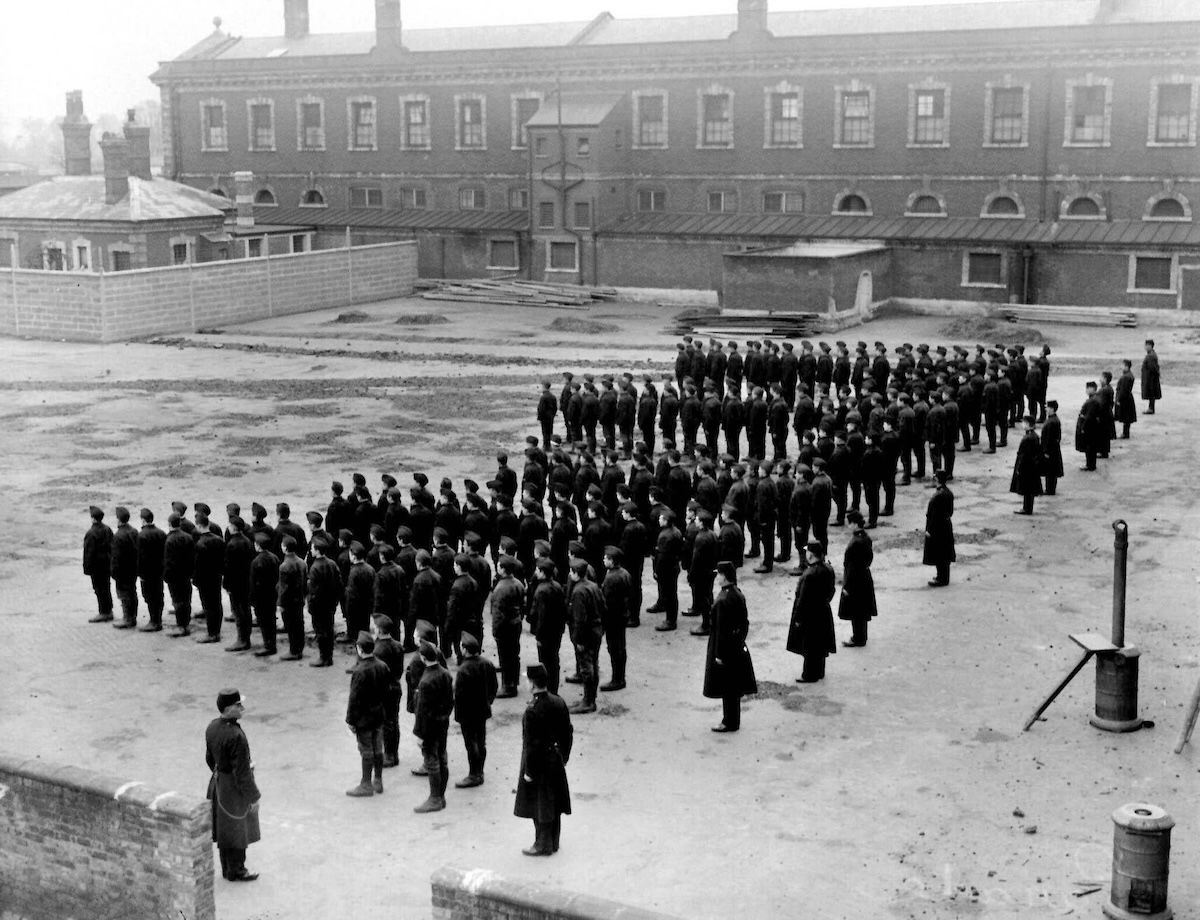England’s Prison Population Problems
In the early 20th century the prison population in England and Wales was in sharp decline, despite a rise in crime.

In 1905 the prison population of England and Wales was 21,525 and rising. In the decade that followed, that number nearly halved to 11,311. The trend continued, reaching a 20th-century low of 9,199 in 1918. This was no blip; these lower levels were maintained throughout the 1920s and 1930s. By 1940 they stood at a mere 9,377.
The home secretary who laid the foundation for this dramatic decline was Herbert Gladstone, son of William Gladstone, to whom he had acted as private secretary before entering parliament. In his father’s last government in 1892, he was appointed under-secretary of state at the Home Office. The Liberal government, faced with a hostile press campaign – against the severity of the late-19th century prison regimes – and criticisms from Irish MPs who had experienced imprisonment, decided to set up an inquiry which Herbert Gladstone chaired. The subsequent 1895 report – known as the Gladstone Report – had an immediate effect. Despite Gladstone and the Liberals leaving office two months after its publication, it was to result in reformation being added, alongside deterrence, to the aims of prisons.







